Augmented reality has long been used successfully in retail, entertainment, online shopping, and more. It’s hard to argue that the scope of the technology continues to expand. However, its application in architecture is still relatively new.
From enhancing client presentations to streamlining construction processes, the technology offers a suite of tools that bring unprecedented clarity and efficiency. Let’s delve deeper into the benefits of the technology and explore real-world use cases for AR in architecture.
How AR Is Helping to Bridge the Gap Between Design Vision and Reality
What if you could walk through your dream home before a single brick is laid? Imagine standing on an empty lot. Through your phone or a pair of glasses, you can see your future house. It is presented in full scale, complete with walls, windows, and furniture. Isn’t that impressive?
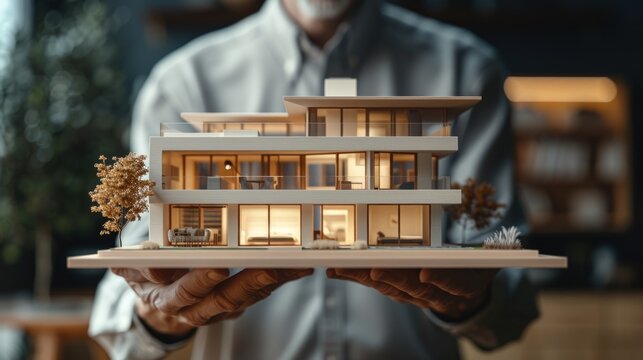
Instant Visualization
Augmented reality offers an iterative approach to architectural design. By allowing for real-time modifications, AR ensures that the whole process is continually evolving. As a result, the final product is a refined version of the initial one. You, as an architect, can instantly see the impact of structural, aesthetic, and functional changes. Save your time and enhance the design quality simultaneously.
Great Accessibility
One of the main it’s benefits is accessibility. In comparison to virtual reality, which typically requires specialized headsets, AR can be accessed via smartphones.
Your clients get a great opportunity to engage with architectural projects. They can walk through the proposed spaces, gain a sense of the scale, layout, and overall ambiance. Let your customers feel more connected to the outcome and provide informed feedback.
Better Collaboration
Collaboration is at the heart of successful architectural projects, and augmented reality significantly enhances this aspect. With this technology in the pocket, you can get better communication among architects, interior designers, structural engineers, and clients.
What purposes can you achieve as an outcome? Discussions are more productive. Feedback is more relevant. Modifications are more accurately implemented.
Want to build an AR/VR application?
We are ready to be your trusted technology partner with proven expertise in immersive technologies.
Let’s talkTop 8 Ways Architects Can Use Augmented Reality
Companies that understood the essence of augmented reality technology in time and managed to apply its advantages for their business already have a successful experience.
We consider it useful to explore real-time cases. Below, you have the 8 most interesting and effective applications of AR in architecture. Let’s get started.
Architectural Design and Customization
Are you ready for real-time visualization and modification? AR is here to help. With this technology, it is possible to overlay digital models onto physical spaces. Your clients can see and interact with various design elements before they are built.
Key applications:
- Visualizing the entire building or specific rooms.
- Providing a deeper understanding of the spatial relationships and scale.
- Changing colors, materials, and layouts.
- Tailoring designs to clients’ preferences.
- Adding furniture, fixtures, and other elements.
Let’s consider an example. Imagine you work on a residential project. Use AR tools to present different kitchen layouts. Your client can see various countertop materials, cabinet designs, and appliance placements. It is easier for them to decide on the final design.
Prototype Creation
Using augmented reality architects can build detailed, scaled-down models of buildings that can be tested and refined. This process helps in assessing both the aesthetic and structural aspects of a design. As a result, you are sure that the final product is beautiful and functional.
Visualizing Planning Projects
Augmented reality allows you to get a clear view of how new structures will fit within existing environments. This application is particularly useful for large-scale urban projects.
For example, with technology tools, you can showcase a proposed new park in the downtown area. Let your stakeholders walk through the existing space and see the planned features, like walking paths, playgrounds, and landscaping, overlaid on the current environment.
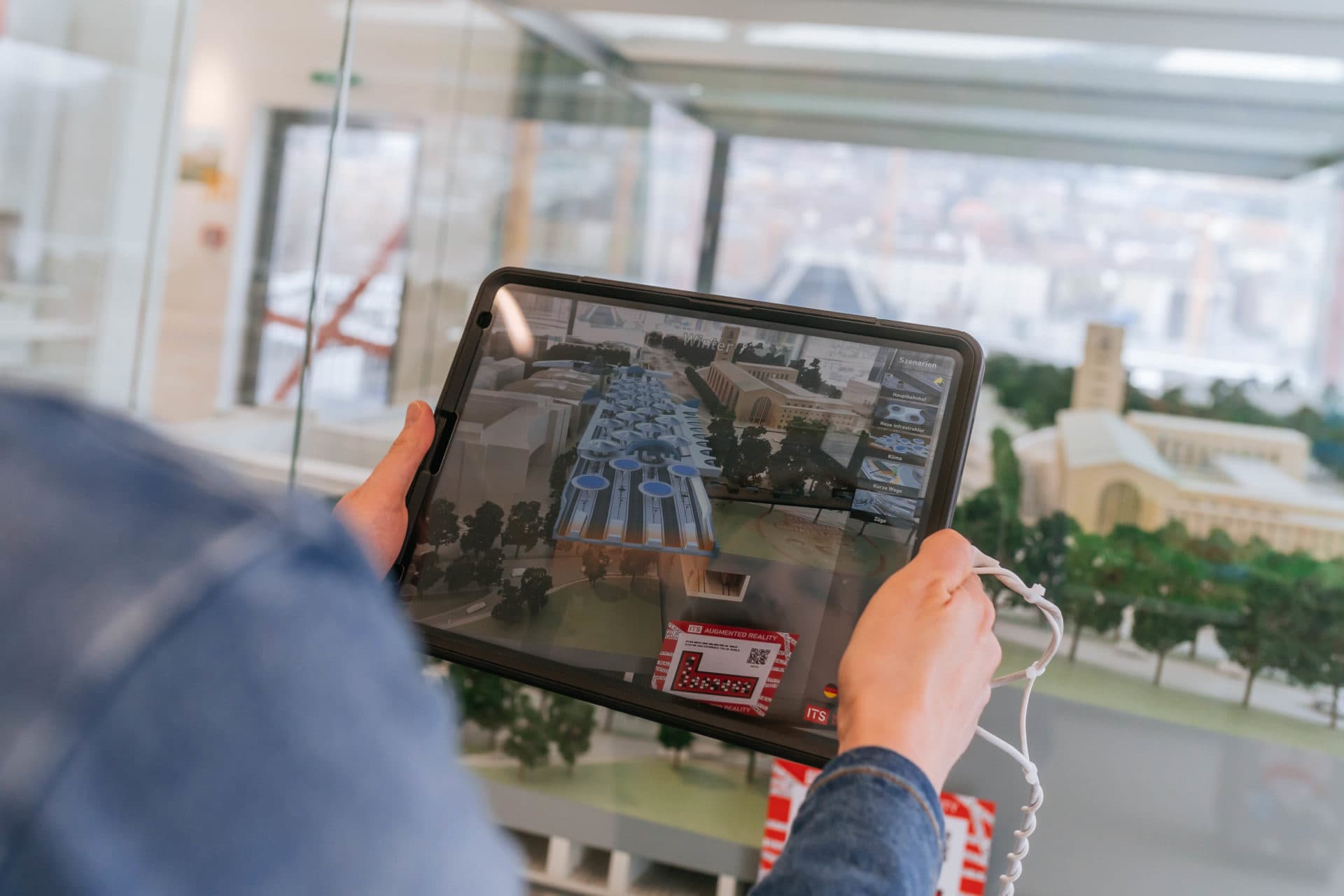
Construction Inspection
The possibility to overlay digital models onto the physical construction site is also quite useful for architects who are responsible for the construction inspection process.
Using this technology you can quickly identify discrepancies between the planned design and the actual build. What result can you achieve this way?
- Be sure that the construction matches the architectural plans.
- Speed up the inspection process by providing immediate visual comparisons.
- Reduce the likelihood of costly rework by catching errors early.
Let’s say you use AR to inspect a new office building. You compare the digital model with the physical structure and identify misaligned walls and incorrect placements of structural elements. Timely detection and correction of errors will help avoid serious problems.
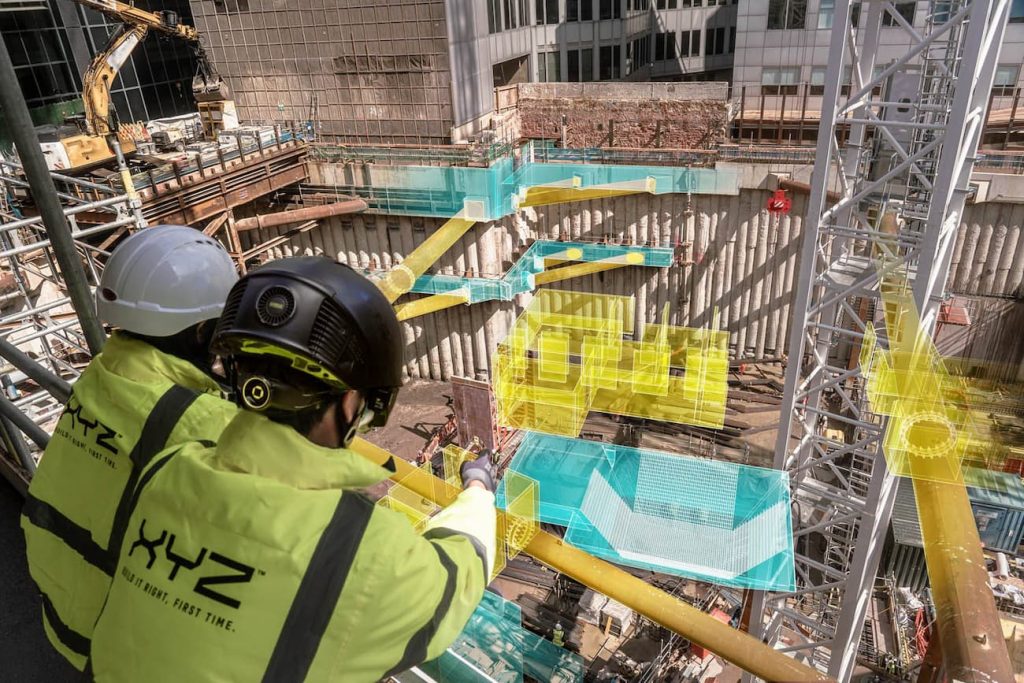
Mind-blowing AR/VR ideas can’t wait
We use the latest immersive technologies for creating apps to exceed our clients’ expectations.
Drop us a lineProviding Real-Time Guidance
Real-time guidance during the construction process is extremely useful application. Contractors and builders can get precise instructions and visual aids. With such an approach possible misunderstandings are reduced. The construction completely aligns with the architectural design.
Mail benefits of this application:
- The architect’s vision is clearly communicated to the construction team.
- Providing detailed guidance results in reducing the risk of errors.
- Immediate visual feedback makes all construction processes easier.
Let’s consider one more example. You use AR during the construction of a complex project to guide the builders in installing intricate design elements.
Digital instructions are overlayed onto the construction site. Builders can see where and how each component has to be placed.
Onboarding and Training
AR tools are highly effective for onboarding and training new employees or contractors. Provide your newcomers with an immersive and interactive learning experience. Help new team members quickly get up to speed with the specifics of a project, company protocols, or new technologies being used.
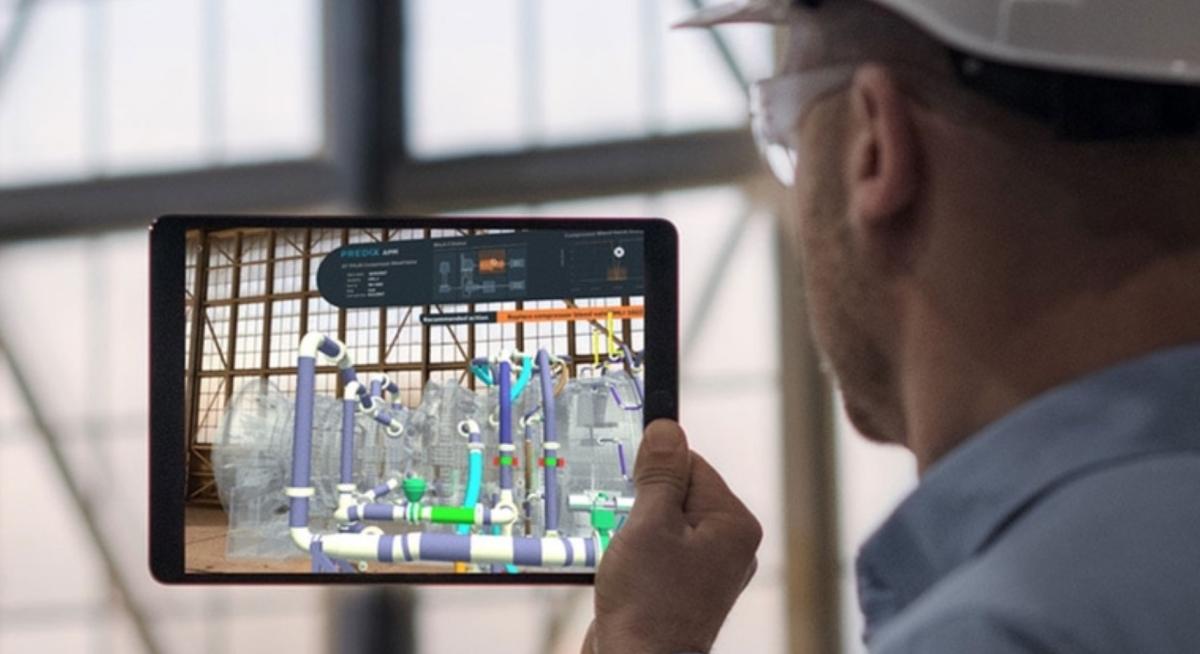
Building Reuse and Renovation
Architects can visualize changes within the context of the existing structure. Get a more accurate assessment of how new elements will integrate with the old ones. This application is especially relevant when blending historic architecture with modern upgrades.
Summing Up
Augmented reality is a practical tool that is reshaping the architecture industry. The technology offers a multitude of benefits that can significantly elevate the quality and efficiency of projects.
Be sure to integrate AR into your practice. Unlock new levels of creativity, precision, and client satisfaction. Start AR today and take your architectural designs to the next level.
If you are interested in an AR-based software product for your architectural firm, contact us and we will help you turn your ideas into reality.

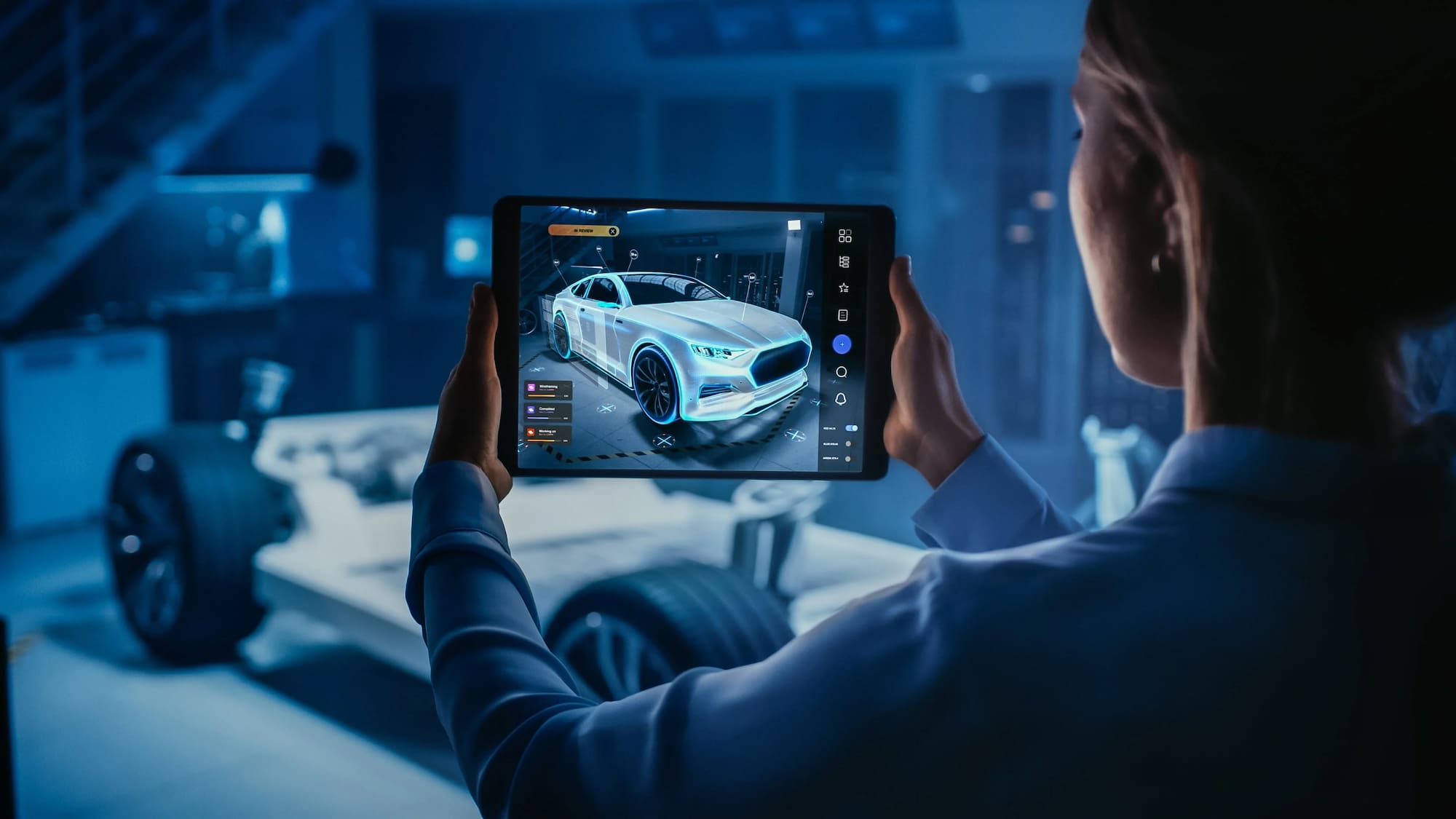



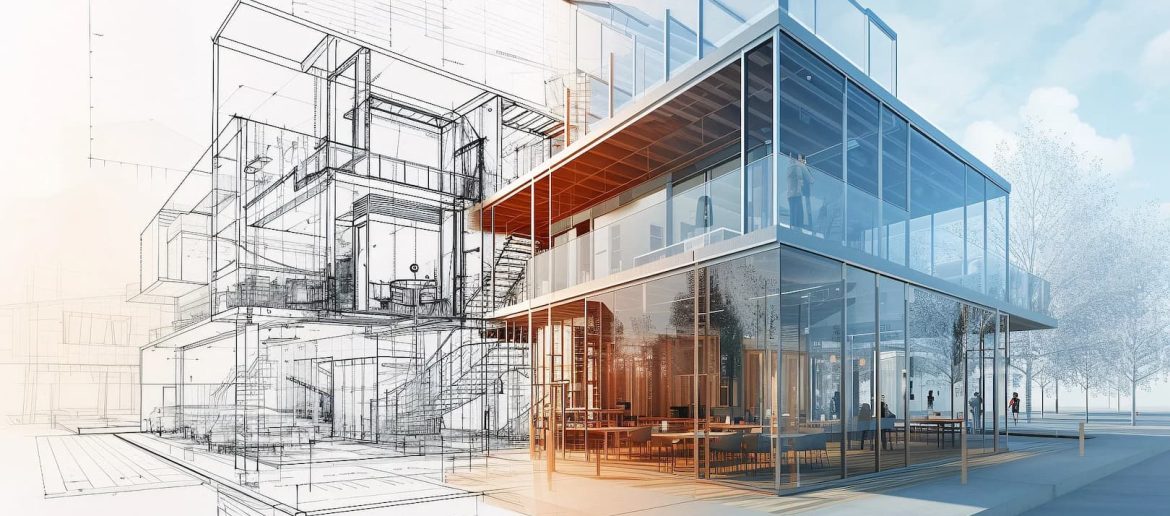
 view the post
view the post
 view the post
view the post
 view the post
view the post

